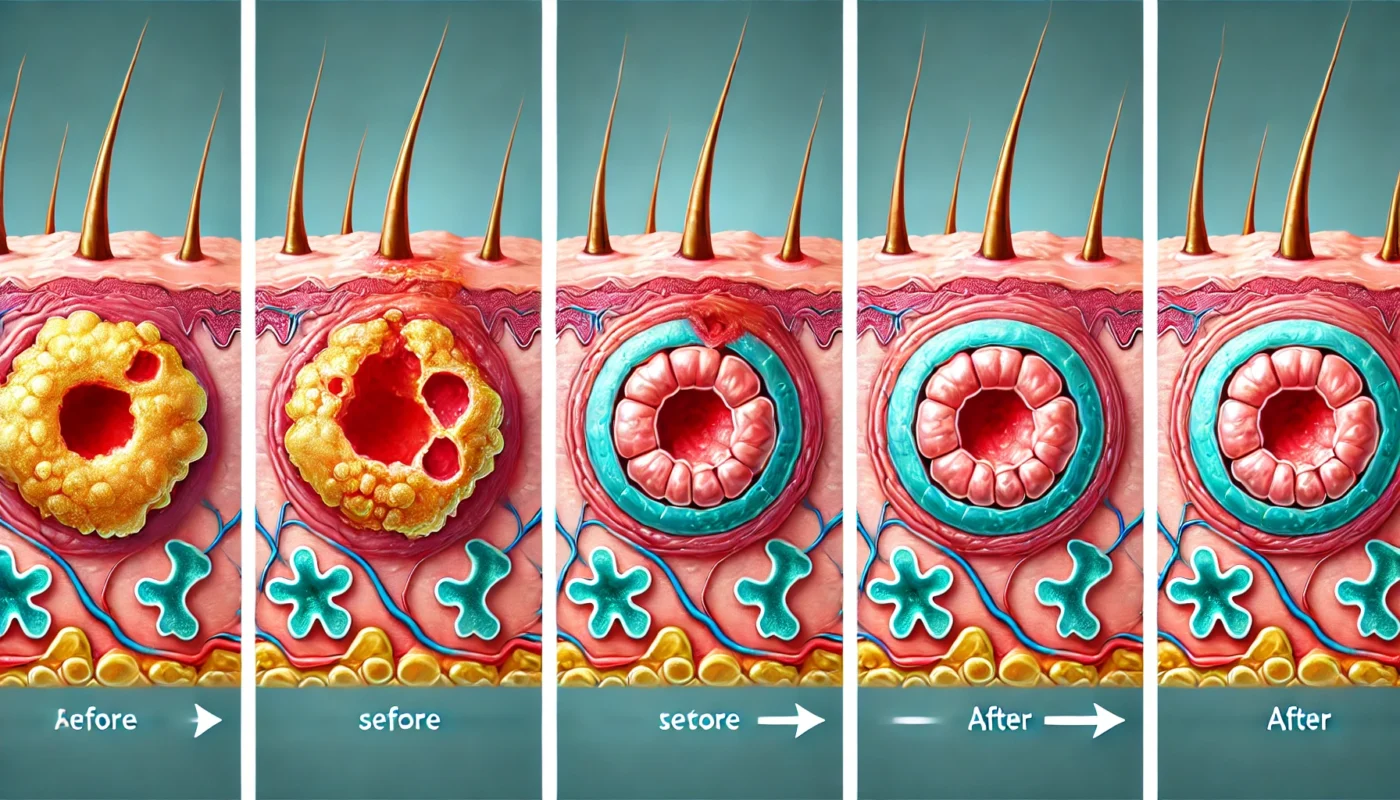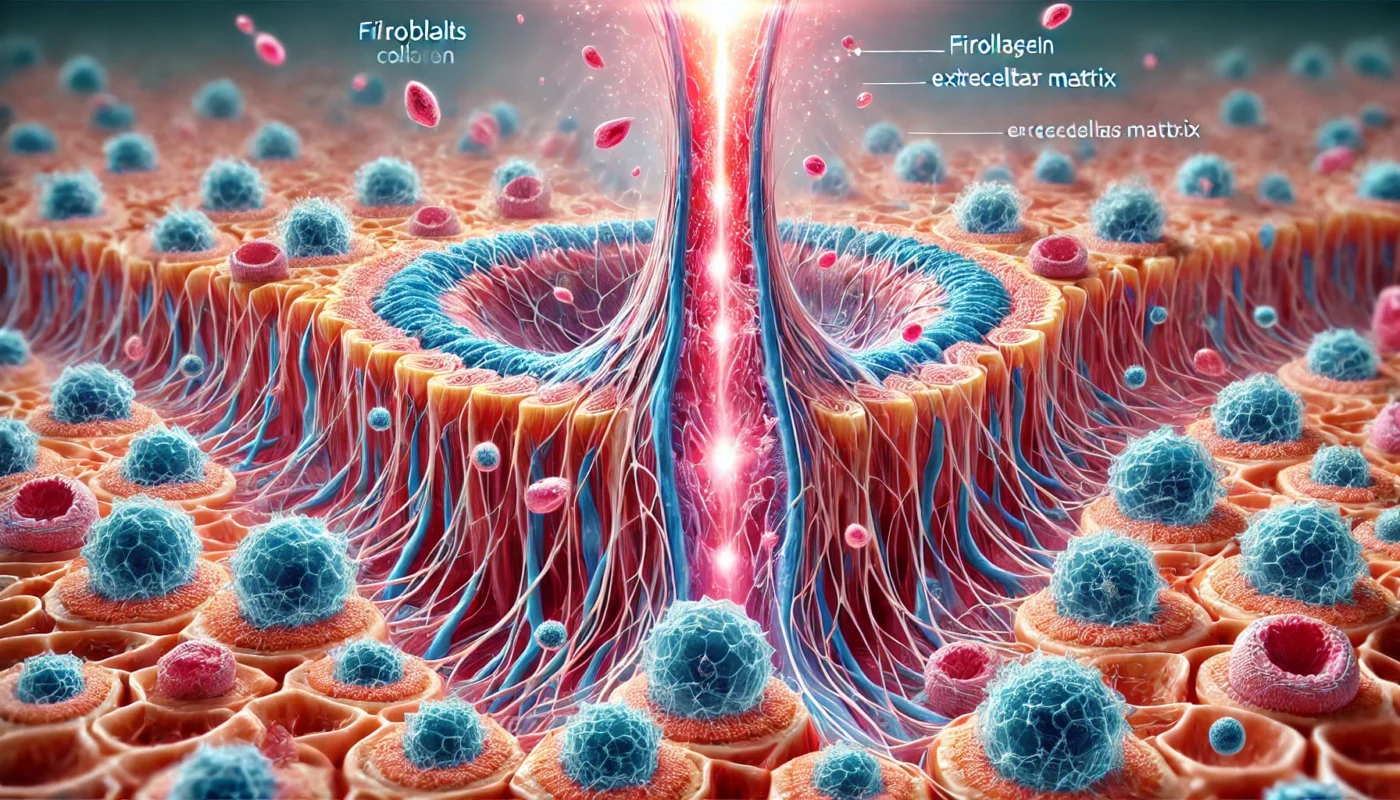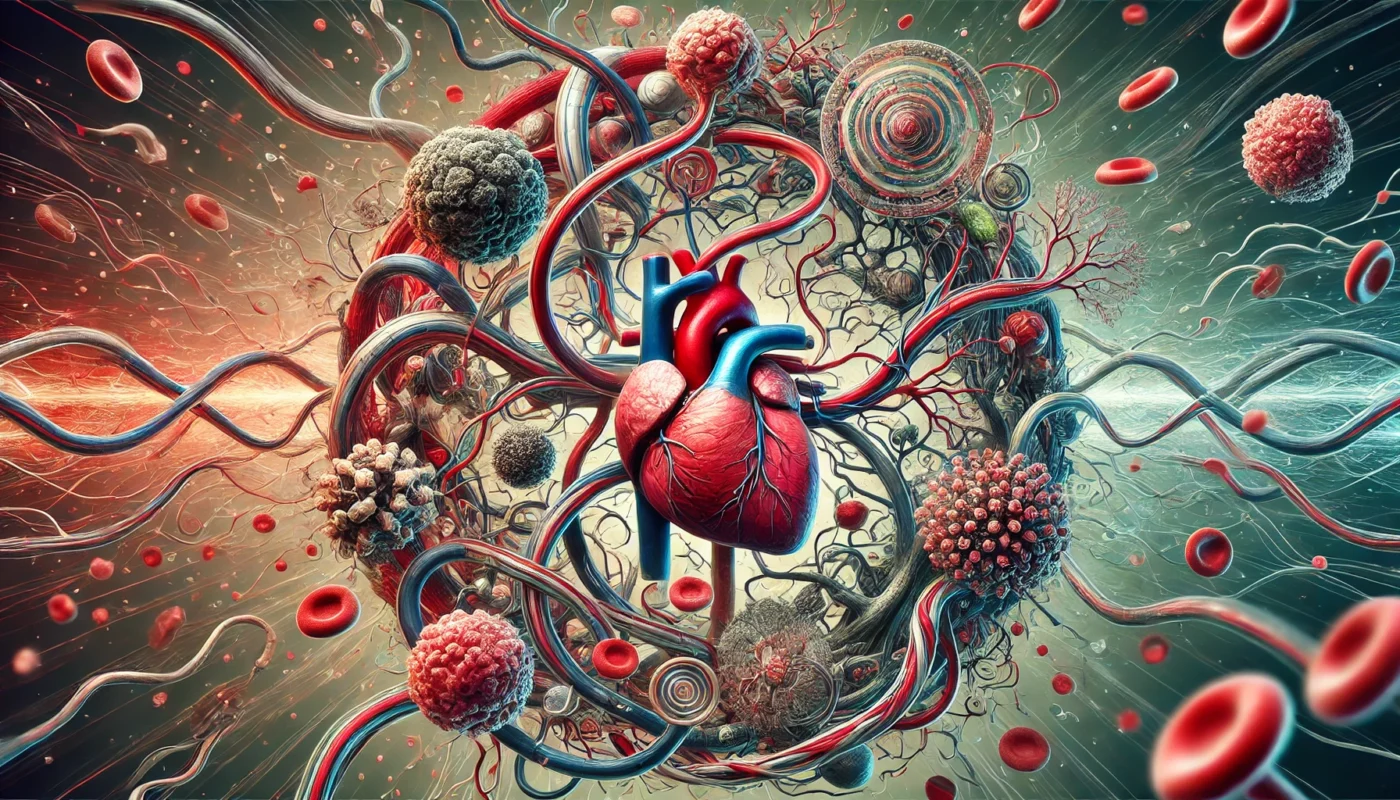An abscess is essentially a pocket of pus that forms due to an infection. The human body’s response to infection involves sending white blood cells to the affected area, leading to inflammation and the accumulation of pus. This natural defense mechanism aims to isolate the infection and prevent it from spreading.
Tag Archives: Angiogenesis
When it comes to the intricate and fascinating process of wound healing, fibroblasts play a pivotal role that often goes unnoticed. These dynamic cells are integral to the repair and regeneration of tissues, working tirelessly behind the scenes to restore the skin’s integrity after an injury. In this article, we’ll delve into the function of fibroblasts, explore their significance in the wound healing process, and provide insights into how they contribute to each phase of healing. By understanding the multifaceted roles of fibroblasts, we gain a deeper appreciation for the complex biological processes that underpin healing.
Hypertension, or high blood pressure, is a global health epidemic, affecting nearly 1.28 billion adults worldwide according to the World Health Organization (WHO). It is a leading cause of cardiovascular disease, stroke, and kidney failure, yet its connections to other health issues, particularly cancer, are often overlooked. Emerging research highlights a potential link between hypertension and an increased risk of cancer, prompting questions about shared mechanisms and causative factors. This article delves into the overlapping pathways between hypertension and cancer, the evidence supporting their connection, and what this means for prevention and treatment strategies.



